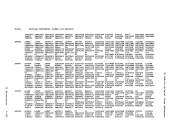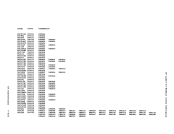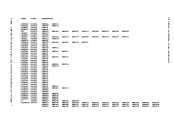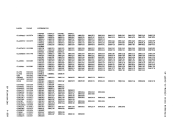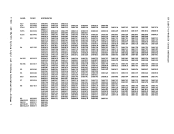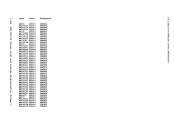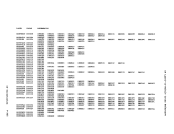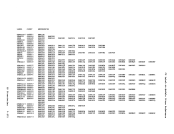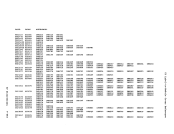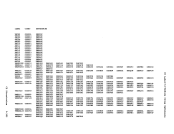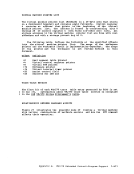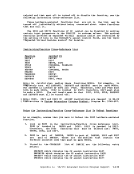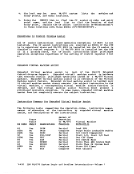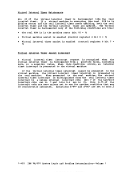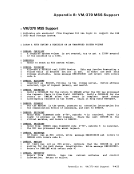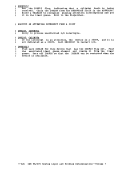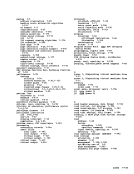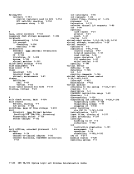Program States When instructions in the Control Progra. are being executed, the real
coaputer is in the supervisorstate; at all other ti.es, vhen running
virtualmachines, the real co.puter is in the proble. state. Therefore, privileged instructions cannot be executed by the virtual .achine.
programs running on a virtualmachine can issue privileged instructions;
but such an instruction either (1) causes an interruption that is
handledby the Control program, or (2) is intercepted and handled by the
processor, if the virtual .achine assist feature orV8/310 Extended Control-program Support is enabled and supports that instruction. CP examines the operating status of the virtual machine PSW. If the
virtualmachine indicates that it is functioning in supervisor mode, the
privileged instruction issimulated according to its type. If the
virtualmachine is in problem mode, the privileged interrupt is
reflected to the virtualmachine. Only the Control Program .ay operate in the supervisor state on the
realmachine. 111 programs other than CP operate in the proble. state
on the real .achine. 111 user interrupts, including those causedby atte.pted privileged operations, are handled by either the control program or the processor (if the virtual .achine assist feature or VM/310 Extended Control-Program Support is available). Only those
interrupts that the user progra. vouldexpect fro. a real machine are
reflected to it.1 problem progra. viII execute on the virtual .achine
in a .anner identical to its execution on a realSyste./310 processor,
as long as it does not violate theCP restrictions. See V8/310 Syste. ~essag~ for a list of the restrictions. 1-10 IB! VM/370 System Logic and Problem Deteraination--Volu.e 1
coaputer is in the supervisor
virtual
programs running on a virtual
but such an instruction either (1) causes an interruption that is
handled
processor, if the virtual .achine assist feature or
virtual
privileged instruction is
virtual
reflected to the virtual
real
on the real .achine. 111 user interrupts, including those caused
interrupts that the user progra. vould
reflected to it.
in a .anner identical to its execution on a real
as long as it does not violate the






















































































































































































































































































































